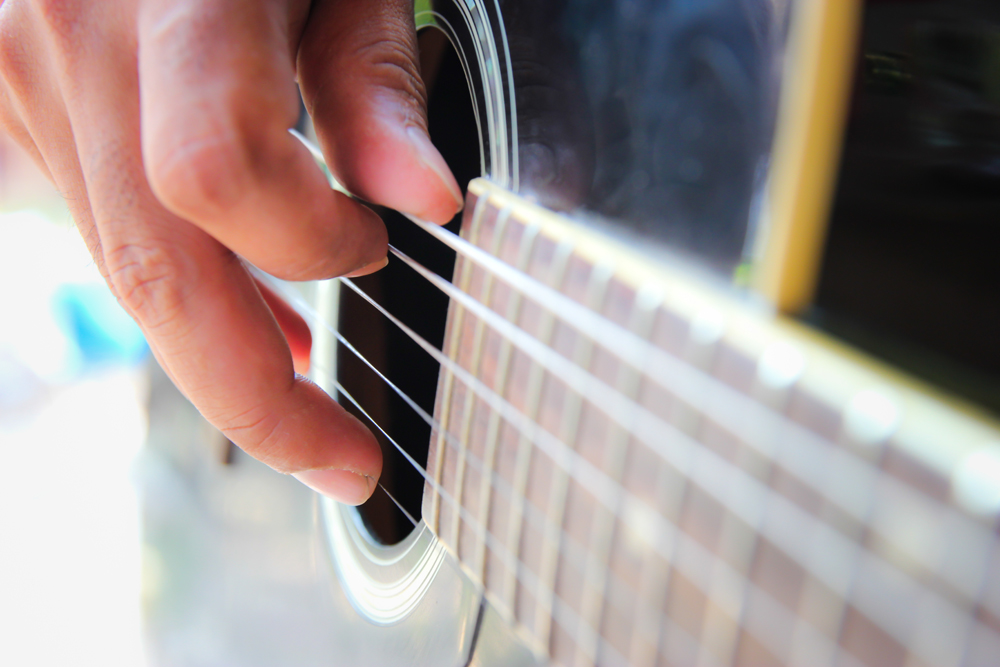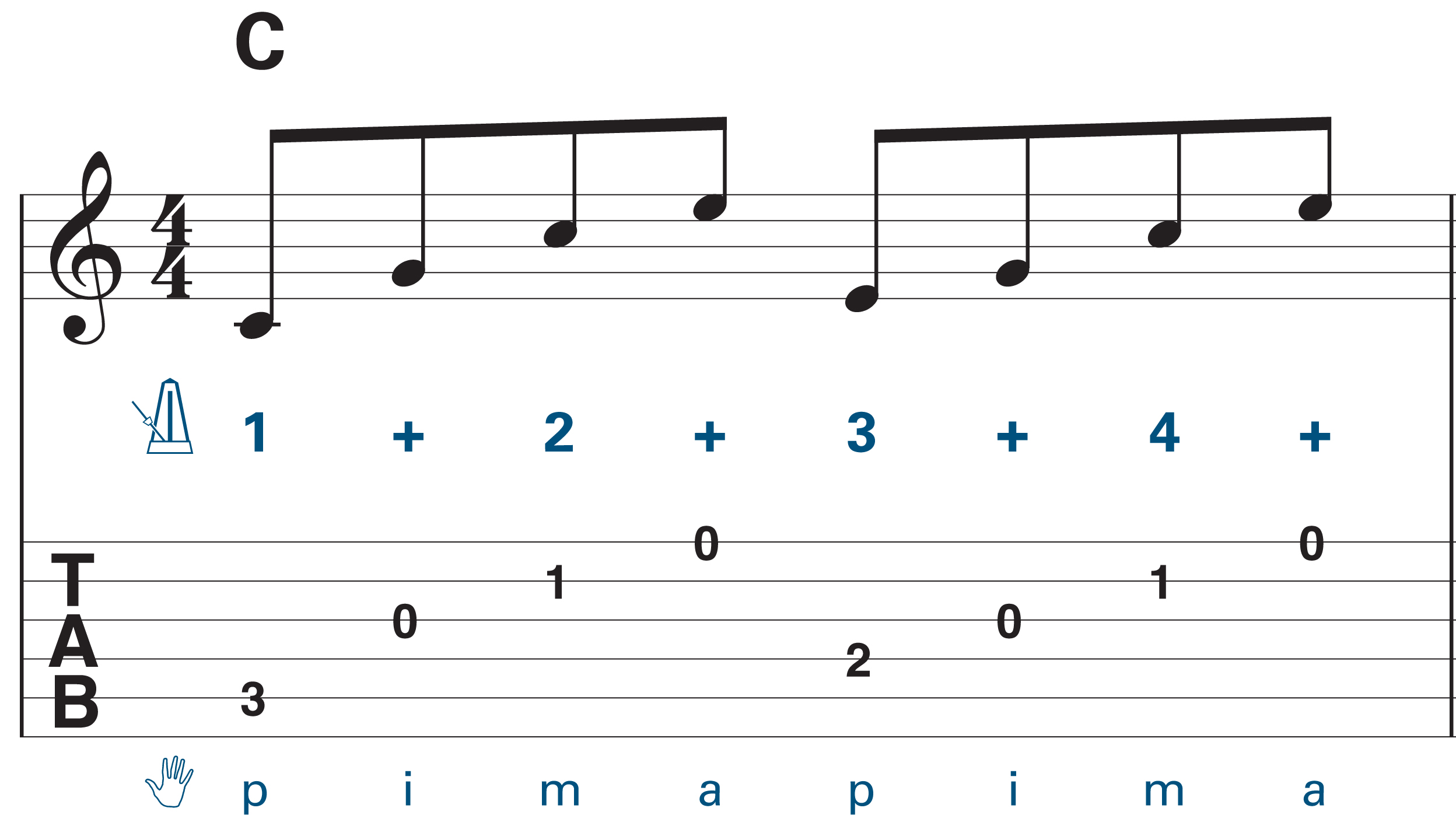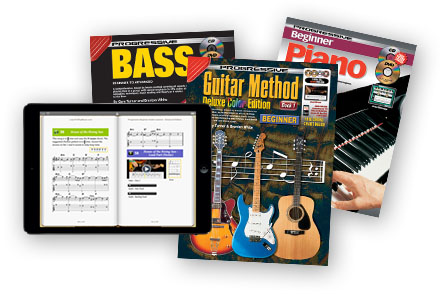What are Guitar Arpeggios?
A guitar arpeggio is a playing technique where the notes of a chord are played one at a time, instead of being strummed together. The word comes from the Italian word arpeggiare, which means, “to play on a harp.” It can also be translated as “broken chord.” Simply put: the notes of a chord played one by one following a pattern.
For example, a C major chord has the notes C, E and G. Any mix of only these three notes being played in a row in any order could be referred to as a C major arpeggio.

In the C major scale the notes C, E and G are the 1st, 3rd and 5th scale degree. This gives us the chord formula and the arpeggio formula 1 3 5.
When playing lead, a C major arpeggio can be a basic 1-3-5-1 pattern, for example:
On the guitar, a C major arpeggio could be played fingerstyle as a 1-5-1-3 / 3-5-1-3 pattern as an accompaniment, for example:
Guitarists use arpeggios more in certain music styles, such as neo-classical fusion (sometimes called “shred”), often using the sweep-picking technique to play them. Arpeggios are also an integral part of jazz and classical but are represented in all styles of music.
How to Use Guitar Arpeggios
Guitar arpeggios can be used by themselves or with scale notes. This can create melodic lines and outline a chord progression with single notes.
Since arpeggios are chords played in single notes, the notes of the guitar arpeggio always sound good over its matching chord in the progression. Therefore, they generally form the melodic home bases and safe notes for improvising guitarists.
They can also be used to outline the harmony during a solo guitar performance without the need of having someone play the chords as accompaniment. When playing guitar arpeggios it is important to switch arpeggios every time the chord changes; in the same way you would when strumming the chords.
Which Guitar Arpeggios to Learn First
The best guitar arpeggios to learn first are the major triad (1 3 5) and the minor triad (1 b3 5) guitar arpeggios. Do this with an arpeggio pattern with the root on the 6th string, and on the 5th string. The major and minor triads are the most common and most used guitar arpeggios in all of music.
Then, for each of the following chords, two arpeggio patterns or shapes;
- Major Seventh – maj7 (1 3 5 7)
- Minor Seventh – m7 (1 b3 5 b7)
- Seventh or Dominant Seventh – 7 or dom7 (1 3 5 b7)
- Minor Seven Flat Five – m7b5 (1 b3 b5 b7)
- Diminished Seventh – dim7 (1 b3 b5 bb7)
For each chord type, learn one shape with the root on the 6th string. Then learn another shape with the root on the 5th string. This makes changing from chord to chord easier, without having to make big jumps over the fretboard. For an extensive lesson on on guitar chords and guitar arpeggios, see of Progressive Jazz Lead Guitar Method.
There are generally five shapes for each arpeggio, but when you start out it is better to learn just a few really well before moving on to any others.
Application of Guitar Arpeggios
As an example, perhaps try to play a I-IV-V blues in A with just the notes of the A7, D7 and E7 arpeggios, switching in time when playing along with a backing track, or even better, while not using a backing track.
Then incorporate your licks, pentatonic scales and blues scales again. You will notice that you will feel closer connected to the chord progression and will play far more fitting and musical ideas.
Most of the great guitar players tend to think about chords more than scales when they improvise. When analyzing and learning guitar solos of your favorite guitar players, look for their use of chord tones and where they are being played in relation to the chord progression.
When you do this you will grow a lot faster as a guitar player because you will get more familiar with the concept of “note choice” and therefore, melodic control.
About the Author
Daniel Coffeng is an honors graduate from the Guitar Institute of Technology and is a Los Angeles, CA based performing guitarist, freelance studio musician and music educator specializing in modern contemporary guitar.
– Continue learning with Learn To Play Music at LearnToPlayMusic.com
































WOW just what I was searching for.